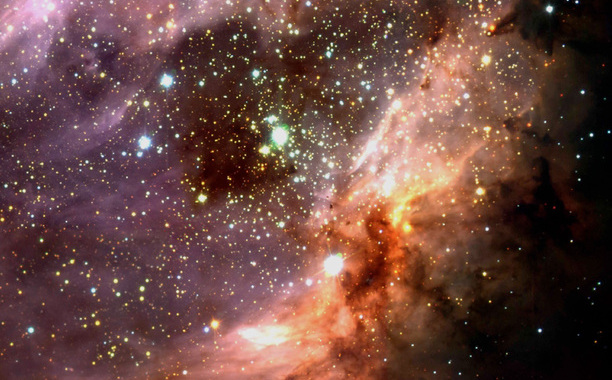For the last 20 years astronomers have wondered what kills galaxies and according to a recent study, researchers now believe that galaxies are actually strangled to death, preventing them from creating new stars.
Yingjie Peng, an astronomer at the University of Cambridge in England, was quoted by Space.com as having said, “There are two main classes of galaxies. Half of them are live galaxies, rich in gases, where new stars form, and the other half are gas-deprived, dead galaxies, where stars do not form.”
According to the study, which was published in the journal Nature on May 14, 2015, scientists analyzed more than 26,000 nearby galaxies and the resulting data indicates strangulation to be the primary mechanism responsible for deaths of most galaxies.
“This is the first conclusive evidence that galaxies are being strangled to death,” Peng said.
Stars are primarily composed of hydrogen and helium, which is why the researchers focused their analysis efforts on the concentration of metals – elements heavier than hydrogen and helium – which form when stars fuse hydrogen and helium into heavier elements. Peng indicated that their research showed that dead galaxies have “much higher amounts of metal” than those of living galaxies.
We found that dead galaxies had much higher amounts of metal than live galaxies did. This finding is consistent with how strangulation would lead galaxies to evolve over time.
The study found that it takes 4 billion years to extinguish a star formation, which is how long it takes from the point at which the gas stops falling into the galaxy to when the stars cease forming.
The scientists behind the study indicated that while they do know that most galaxies die by strangulation, they’ll need more time to fully understand the strangulation process which kills them.
“We have many forthcoming powerful instruments, such as the Multi-Object Optical and Near-infrared Spectrograph (MOONS), and telescopes such as the space-based James Webb Space Telescope, which will make our research plan feasible in the next few years,” said Peng.
In other space related news here on Immortal News, using NASA’s Hubble telescope, scientists from University of Notre Dame recently discovered gargantuan gas halo surrounding Andromeda – our nearest galactic neighbor.
https://www.youtube.com/watch?v=FtHVoM4QFf8
























